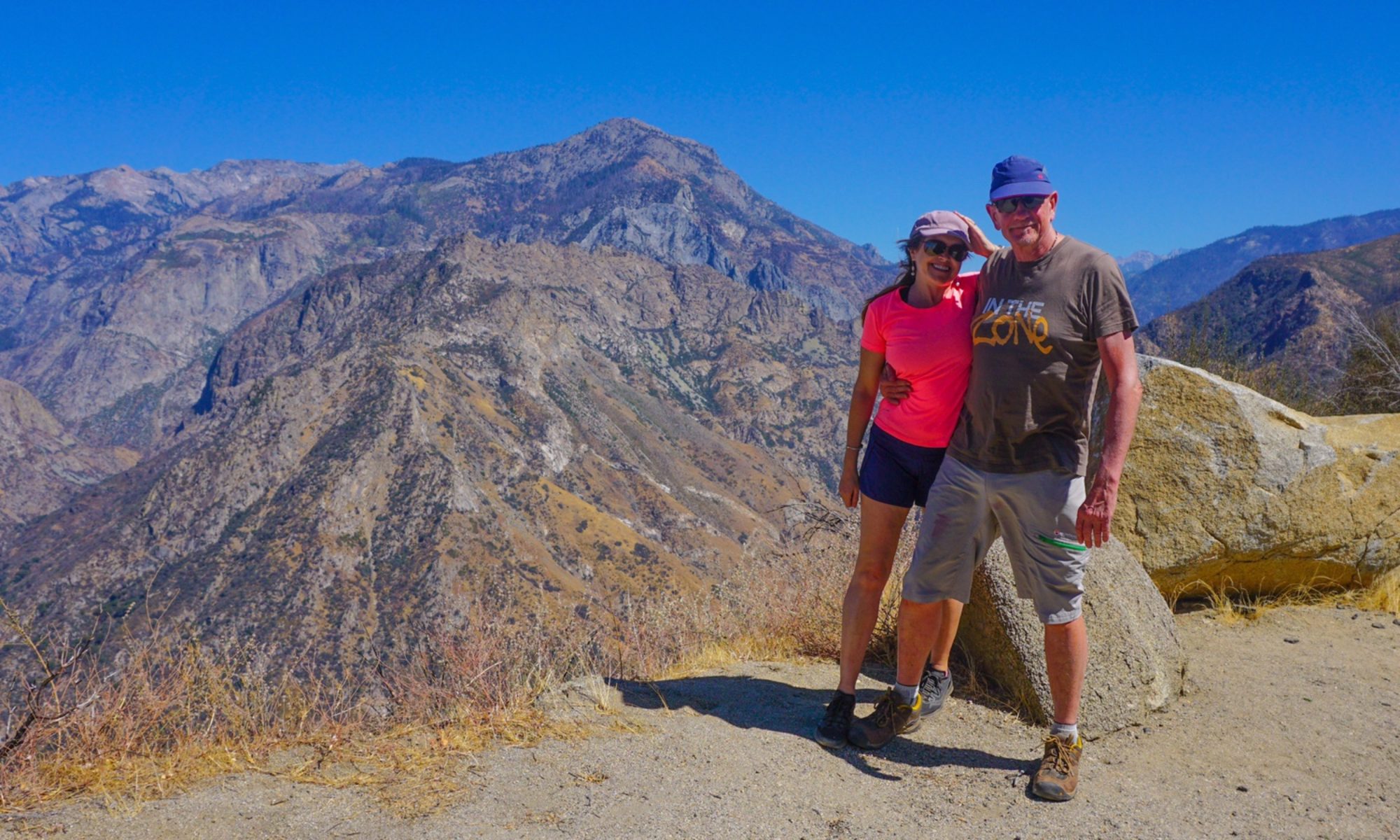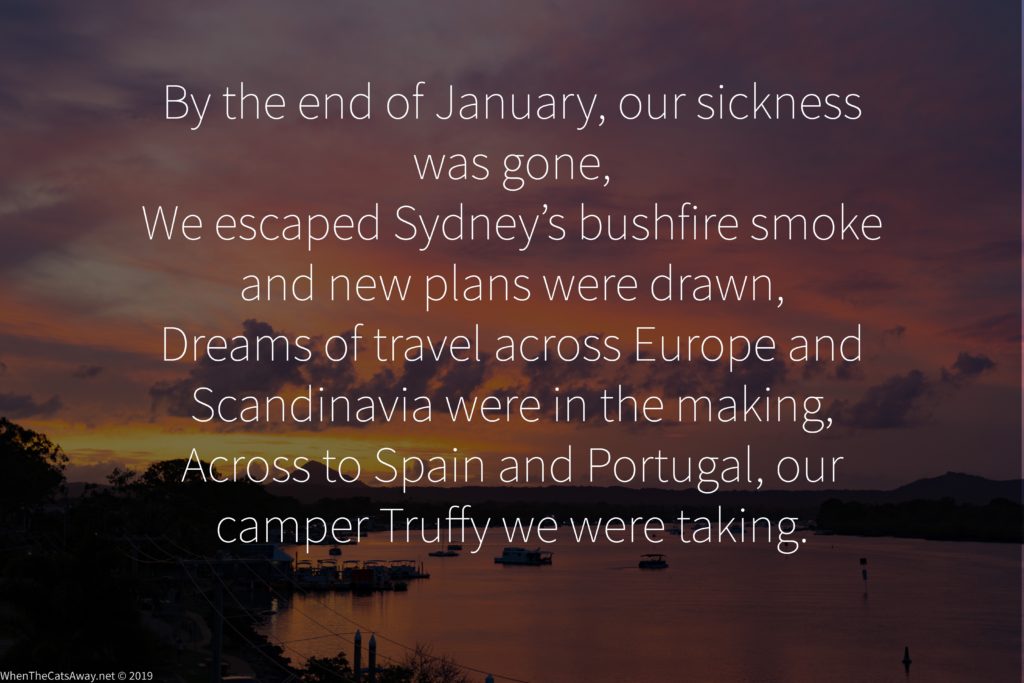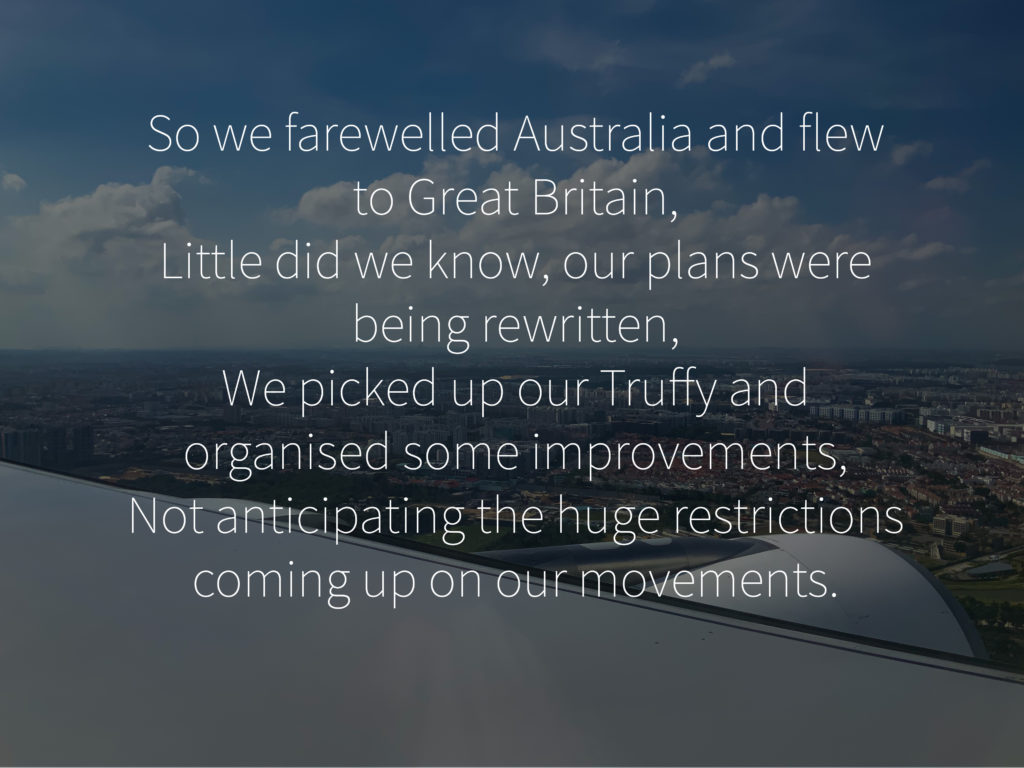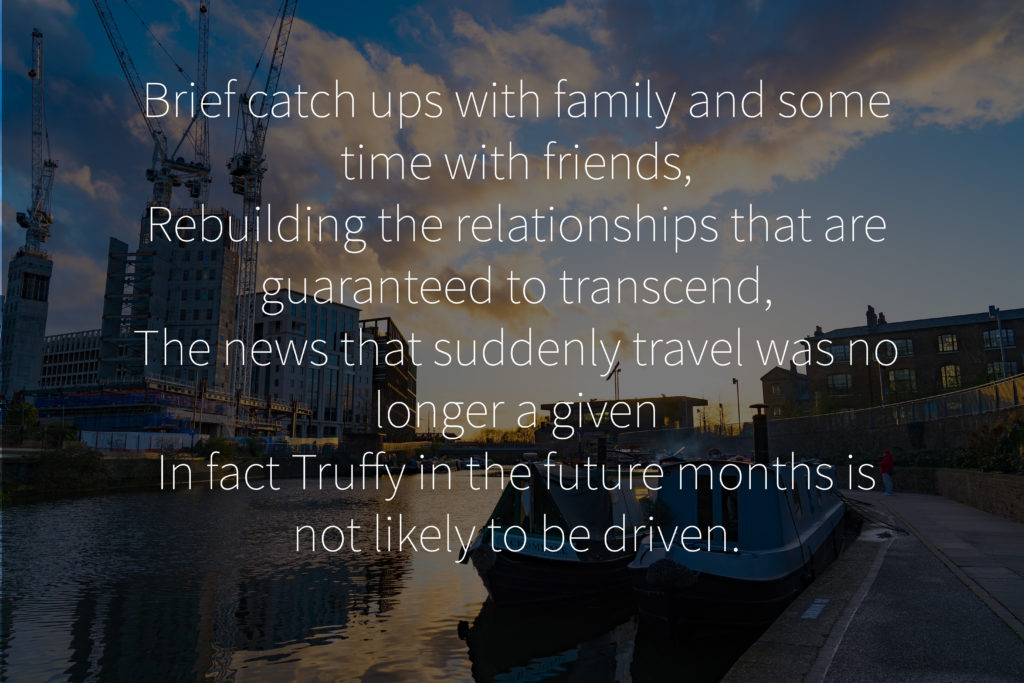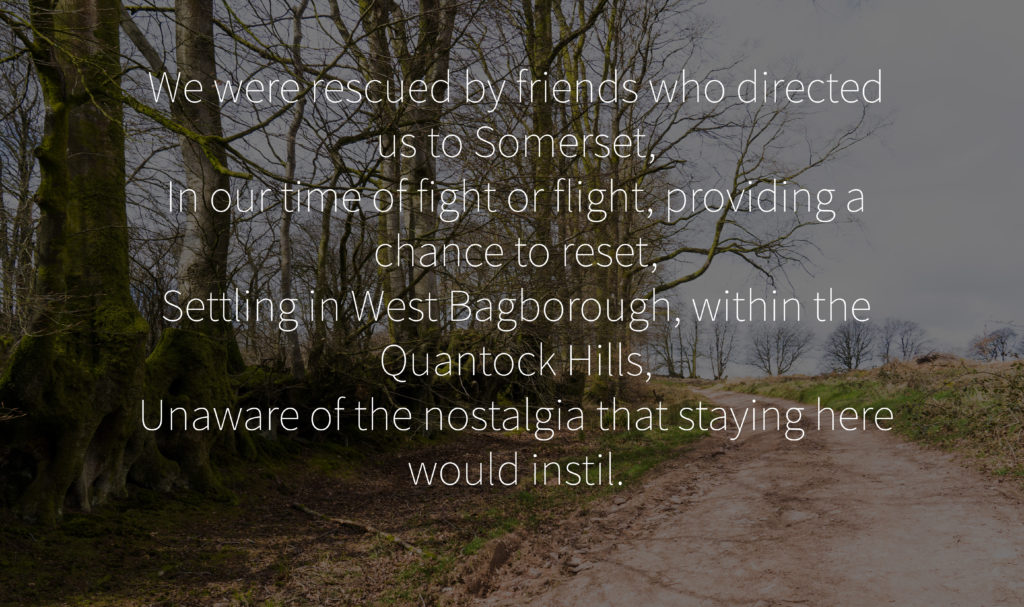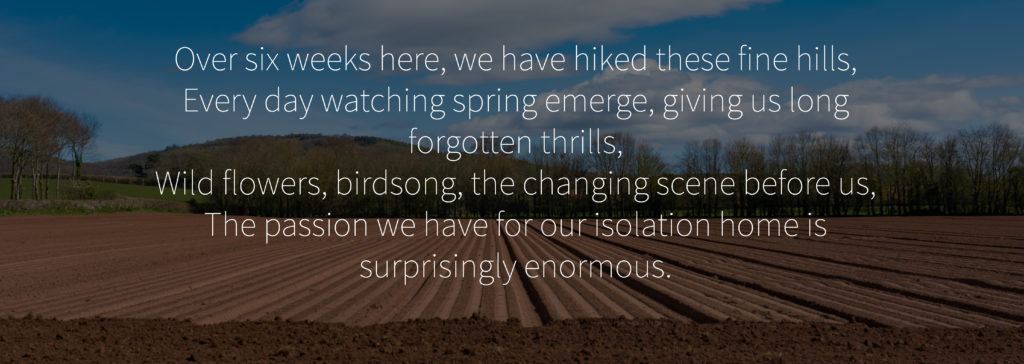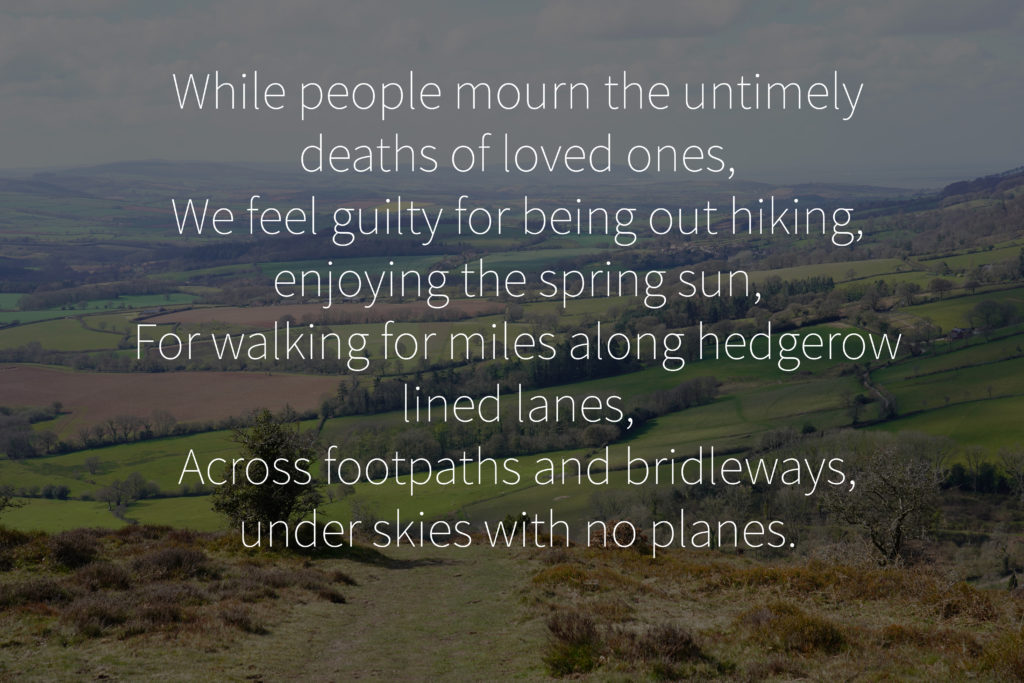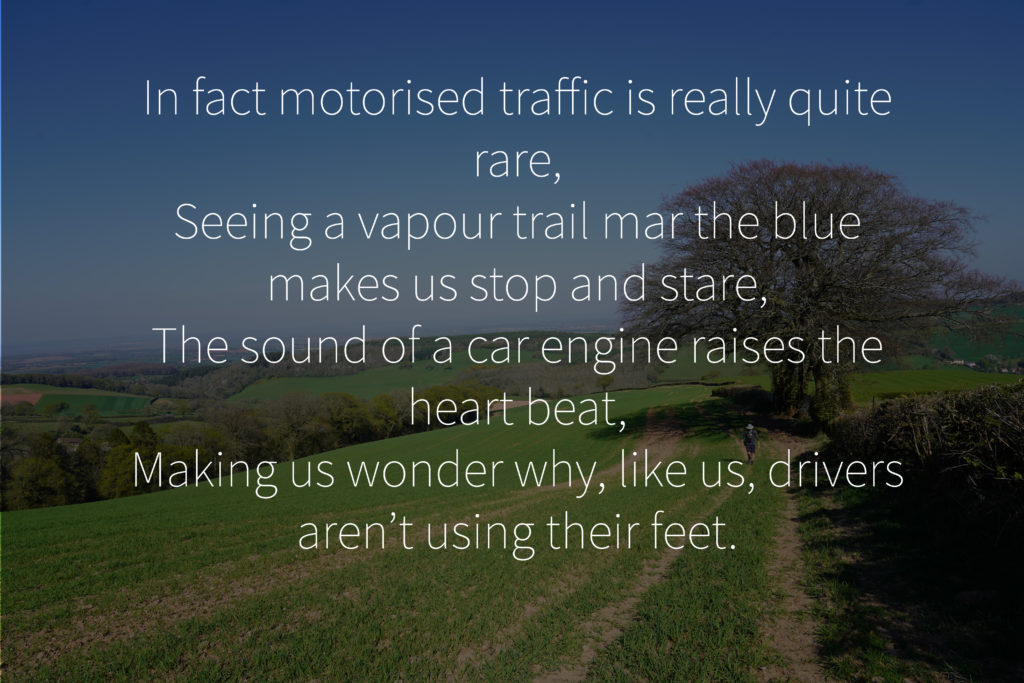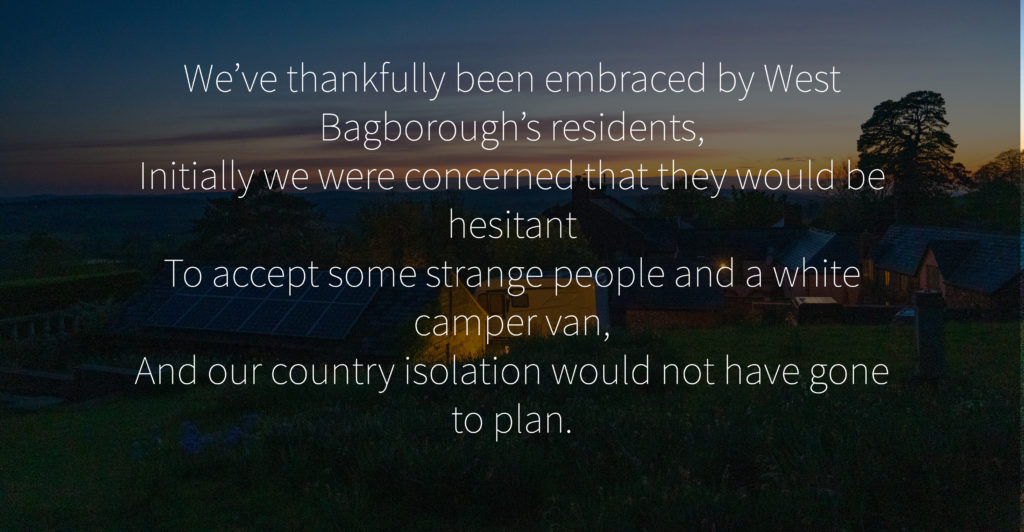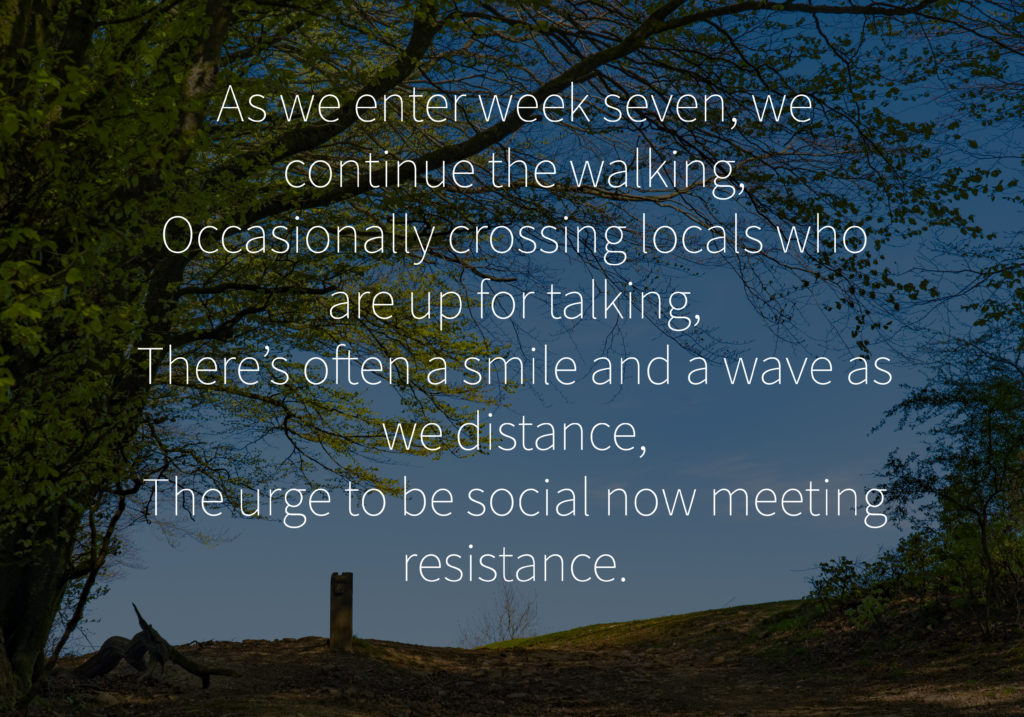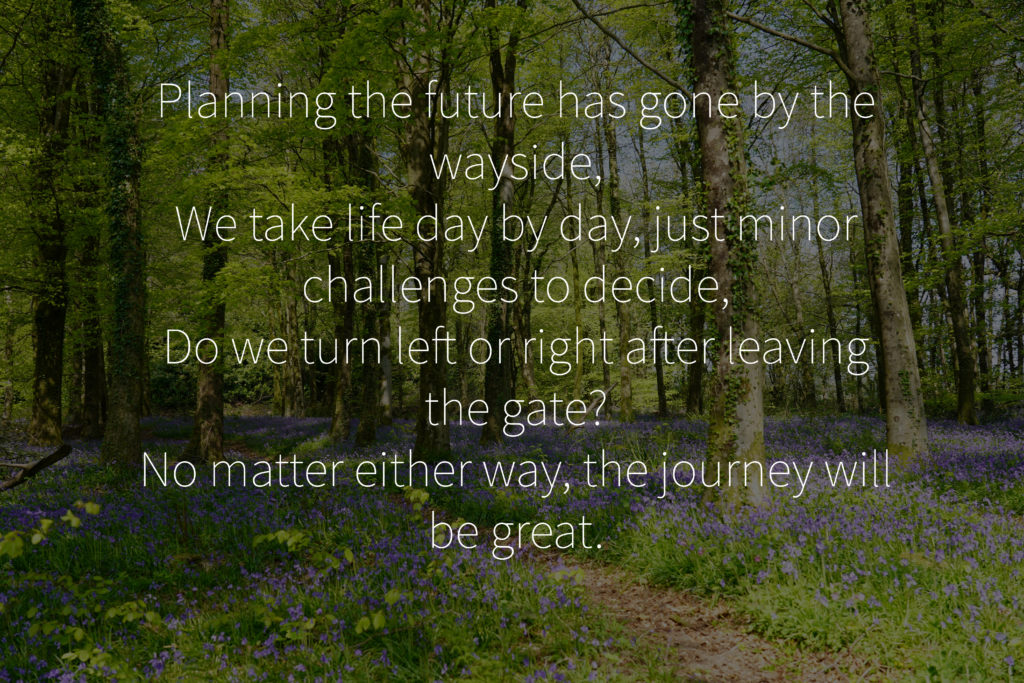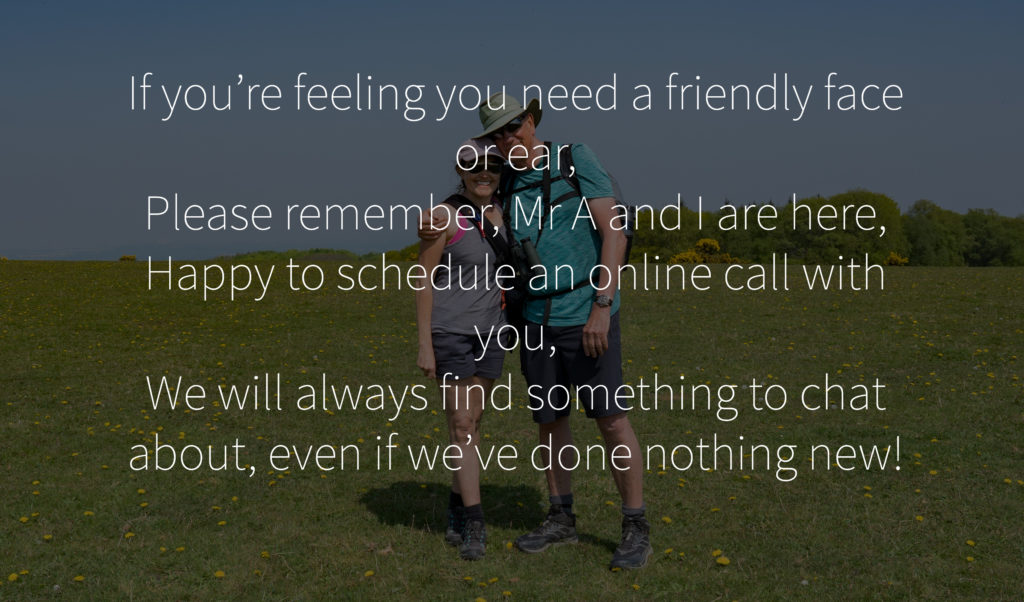Author: Mrs A
Location: West Bagborough, Porlock and Chard, Somerset, UK
Having provided us with the sunniest May on record, June has decided to become changeable, more along the lines of what might be expected at this time of year. The second of June, however, was very warm, with temperatures heading up into the high 20s in this part of the world.
We decided to travel back to Porlock, and hike some of the South West Coast Track towards Minehead. All up we walked 9.5km (Strava link).
As we set off we could see the wisps of cloud racing across the sky, signalling a change in the weather patterns. There was just a gentle breeze down below as we tracked our way through the village and wound our way along the marshland towards the next village of Bossington.

Bossington is a sweet old village, part of the Holnicote Estate which was leased to the National Trust in 1907 for 500 years, with the aim of preserving this part of Exmoor for the people.



Continuing through the village we crossed the babbling River Horner and climbed up onto Bossington Hill, following a path that wound around the cliffs.


We picnicked at Hurlstone Point, outside the ruins of what used to be a coastguard lookout station in the early 1900s. We mused how it would make a great pop-up bar – though the combination of alcohol and the steep cliffs here might not be so good.

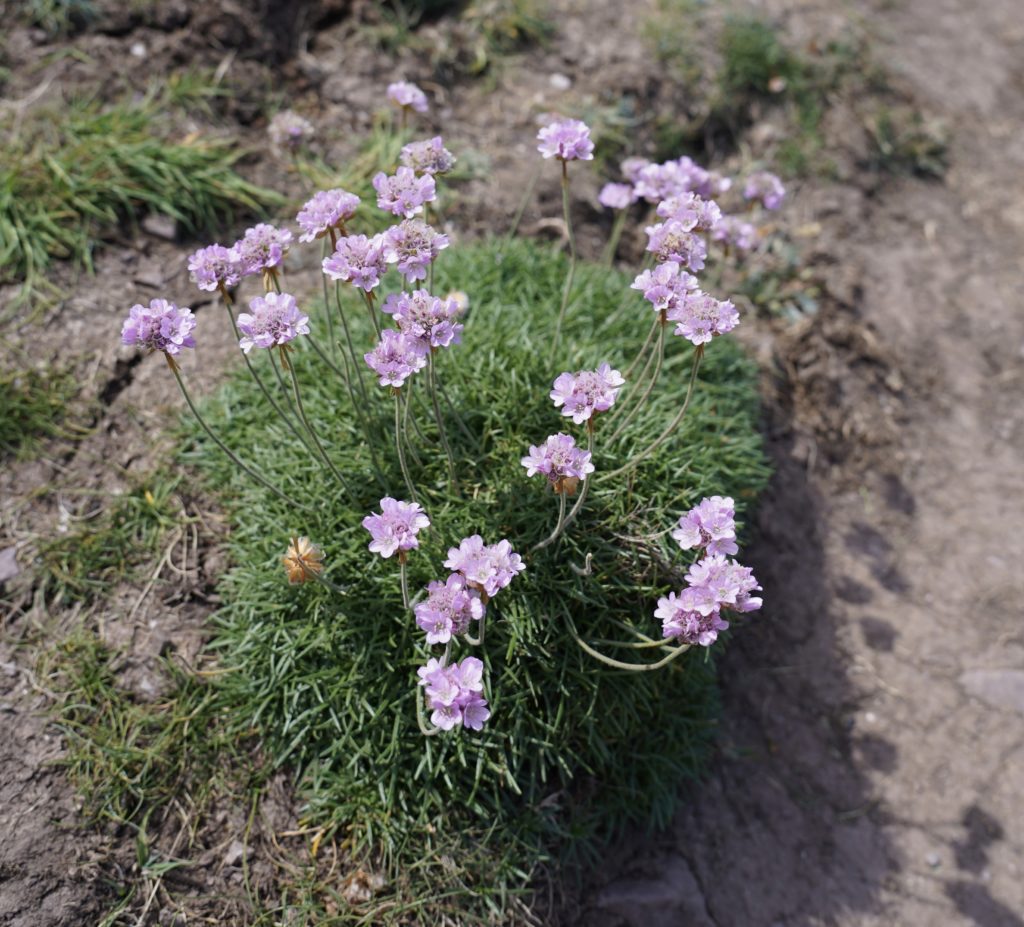
We started to pick our way along the cliff edge walk, which originally was set up in the 1800s for coast guards to walk along between lighthouses, keeping them maintained and checking for smugglers. Fishermen also used this clifftop route to look for shoals of fish, before rushing down to their boats to try and catch them.




We climbed up most of Bossington Hill, before finding a resting place to enjoy the sound of birds and insects and enjoy the view stretching out before us, before looping back to Porlock.
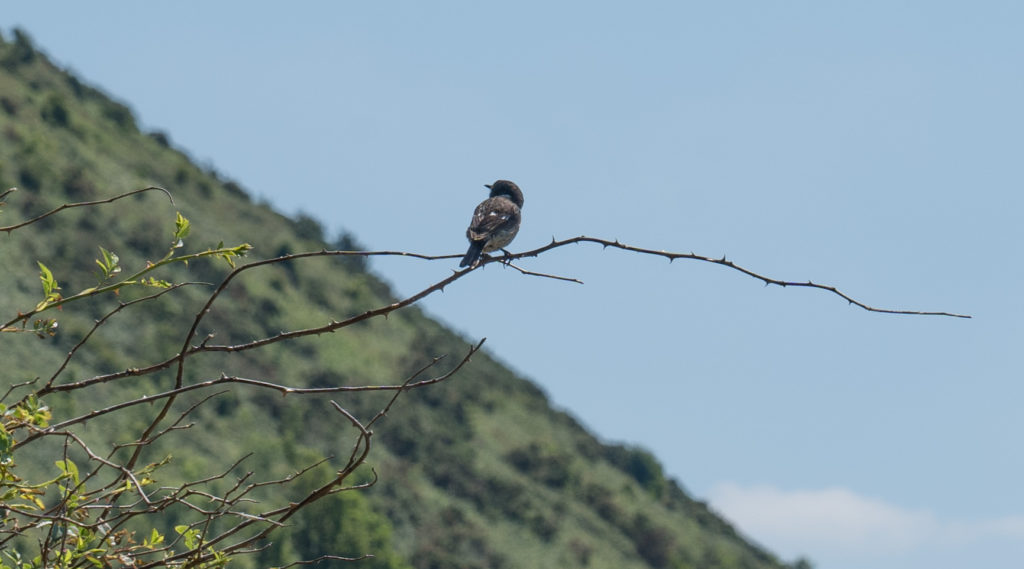
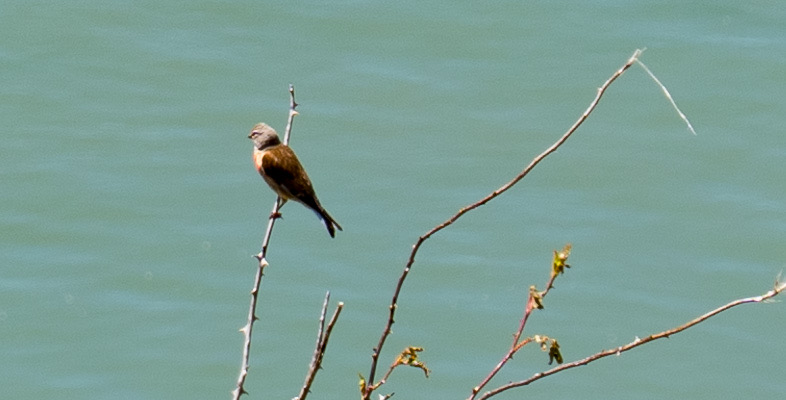

Wandering through Bossington on our way back, we spotted a local house selling bottles of organic apple juice for £3. Finding we only had a ten pound note, we started to walk away, only to get chatting to another couple of walkers who had decided to buy a bottle. The next thing we knew, they were buying us a bottle of apple juice! Yet another random act of kindness in our lives – how lovely.

Later on in the week we decided to make use of the changed Covid-19 lockdown rules, which now allow us to mingle with other people outside, while maintaining social distance. We caught up with a couple from Australia, Beverley and Andrew, who had also been over here in the UK for the duration of the lockdown.
We picked the town of Chard in the Blackdown Hills Area of Natural Beauty on the Somerset-Devon border. It was half way between where each of us were staying. The weather was forecast to be showery, but other than a few drops of rain on our drive over, it turned out just fine, and we were soon stripping off the layers.

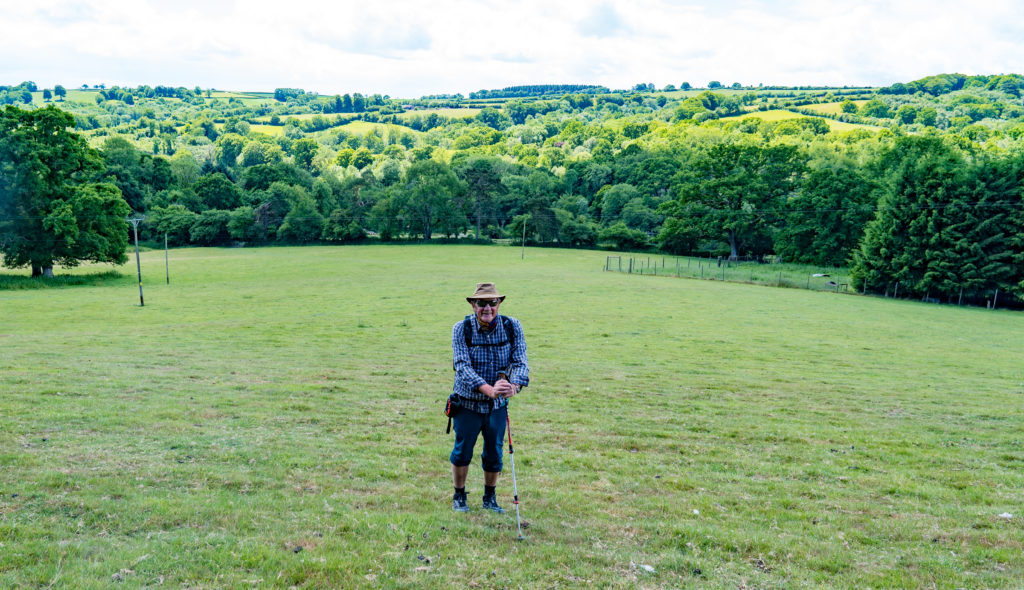


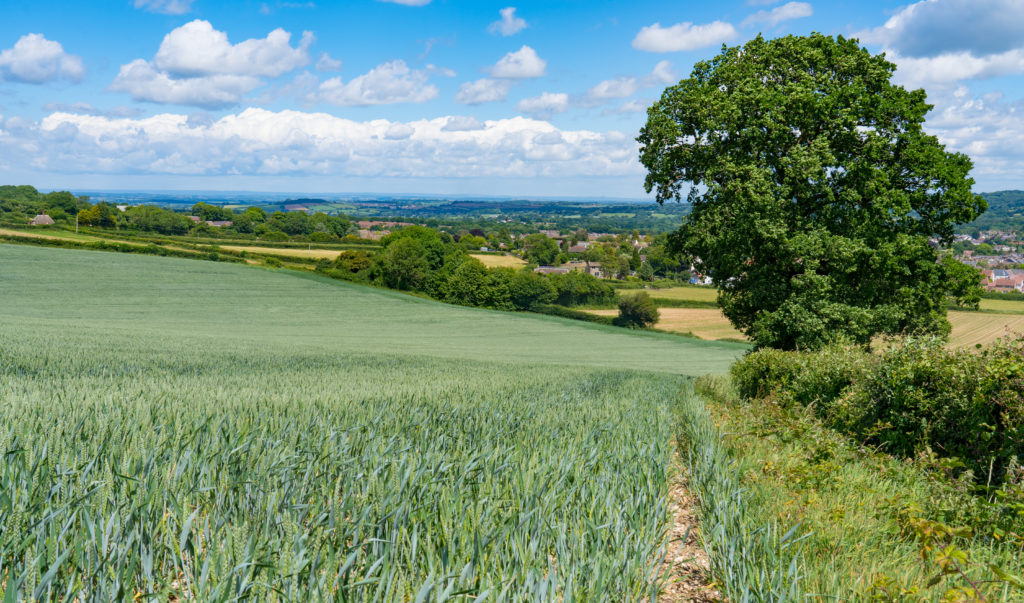
It was a good taster of the area, with about 10.5km walked (Strava link) and so nice to talk to people other than each other! Bev and Andrew are about to tackle the journey back to Australia and endure a two week quarantine in a hotel room, so we’ll be interested to hear how that goes.
The weekend was warmer than expected also, and allowed us a chance to go walking around the local lanes. The scenery continues to change with new flowers emerging and crops growing.
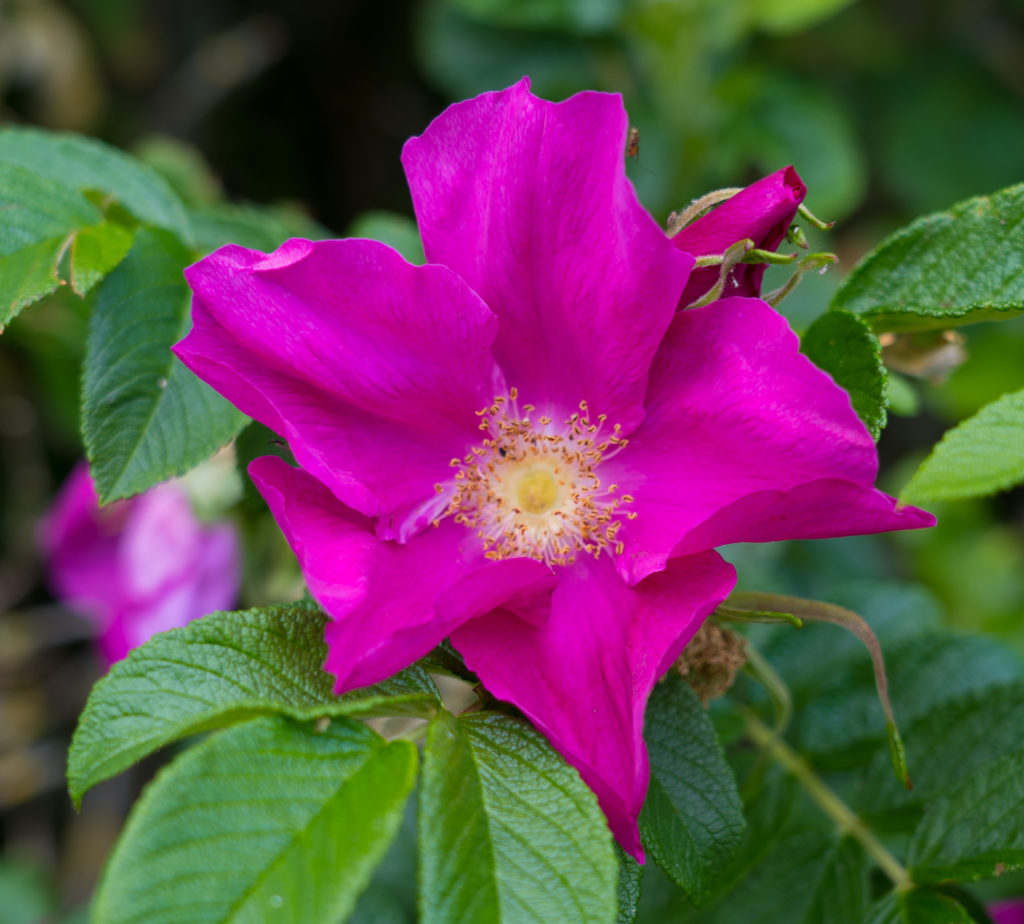
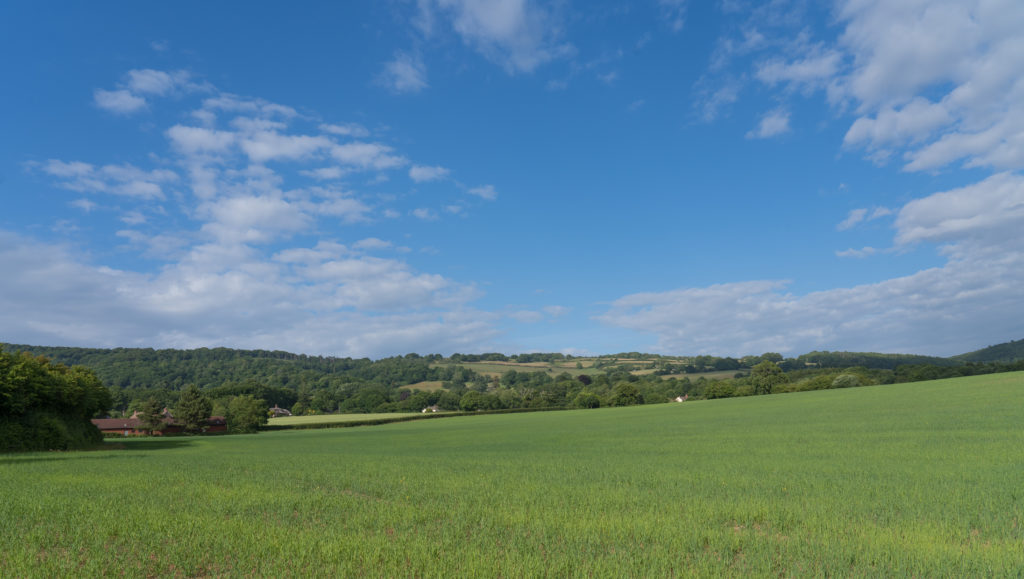
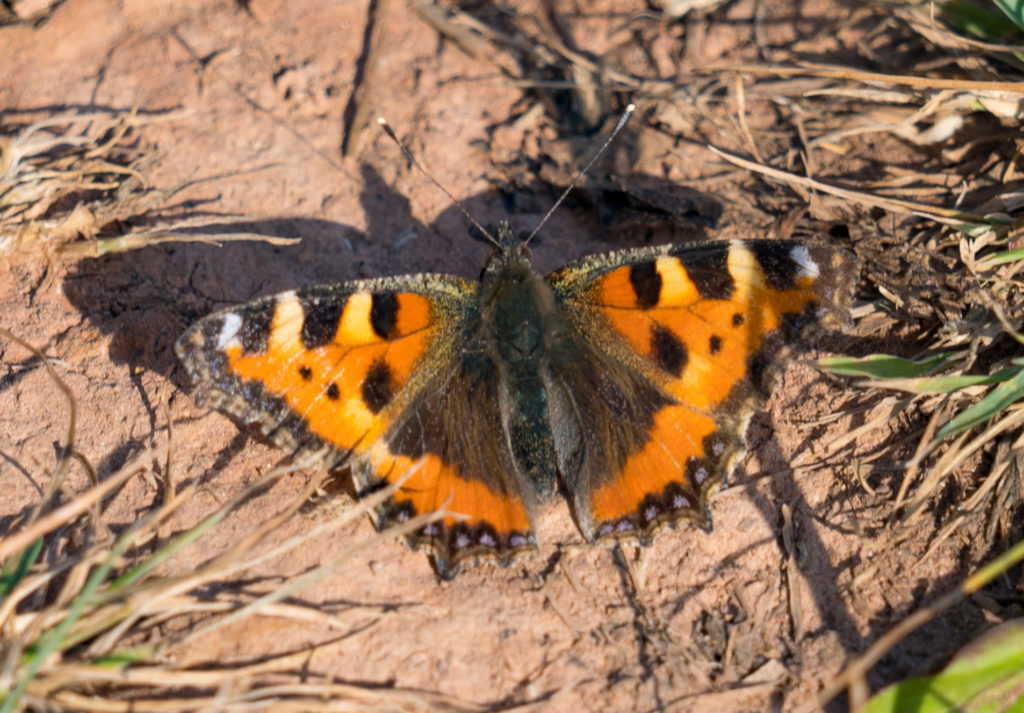
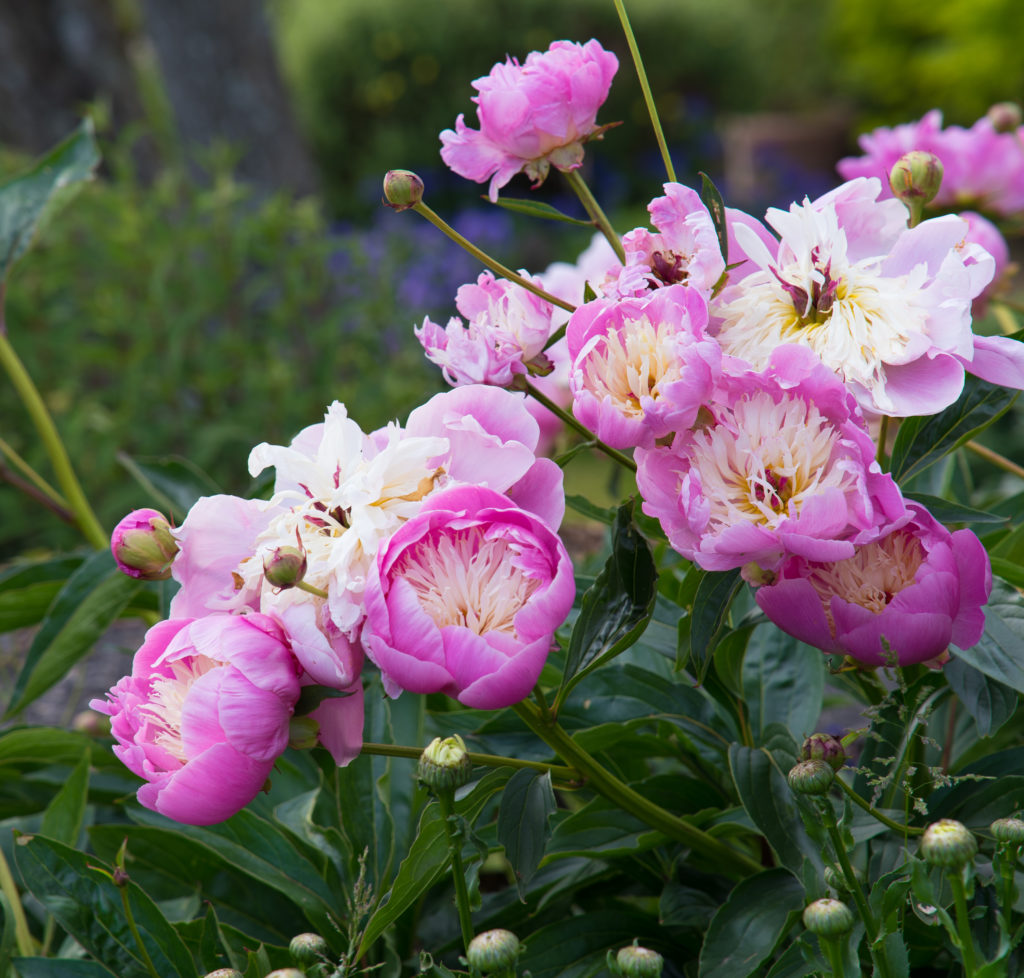
As we approach mid-summer here, we are able to enjoy long evenings. Late Monday afternoon we took off on quite a decent hike (Strava link), walking just under 13km, finishing around 7pm. It was a perfect time to go out, with the gloomy morning’s cloud lifting to a spectacular evening.
Our walk started with a decent amount of uphill, taking us to our favourite spot of Cothelstone Hill, where we enjoyed a herbal tea and admired the views.
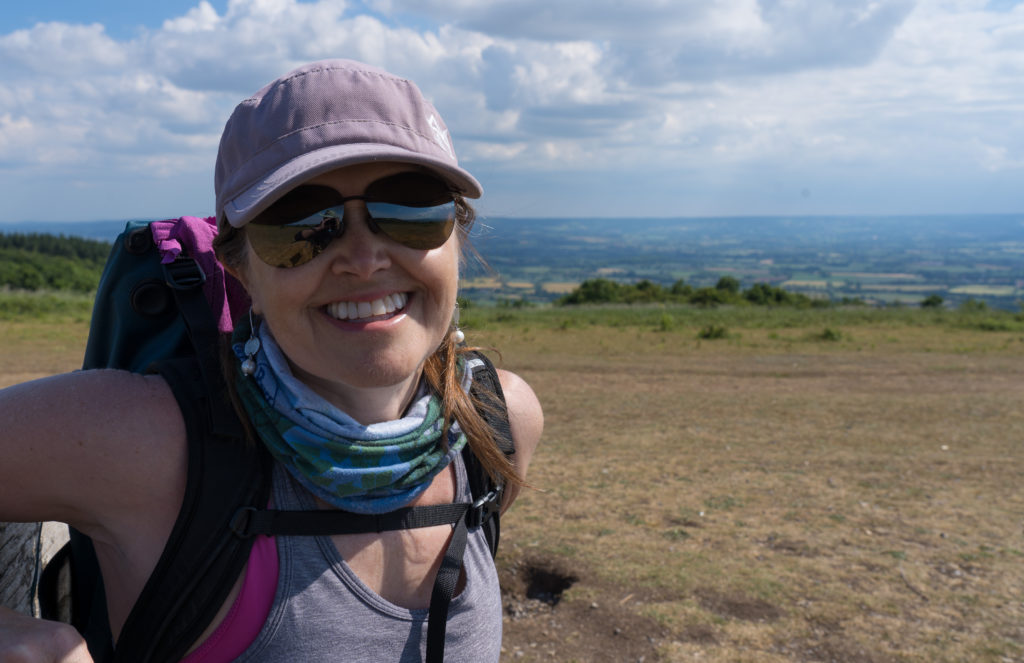
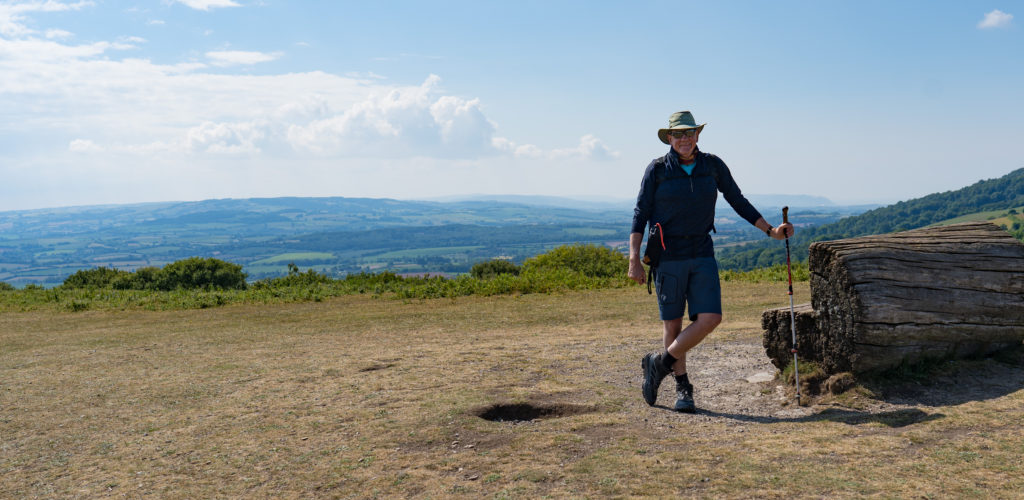
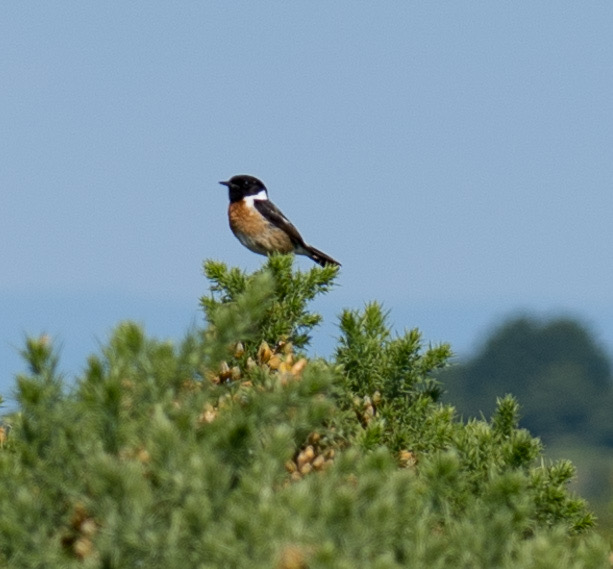
We explored new pathways, winding through the woodland and startling a red deer which bounded off away from us. The path disappeared and we had to do a little bush-bashing through the undergrowth to find a marked path.
It took us into a plantation through towering trees and we picked our way along what looked like badger or fox paths through the ferns and foxgloves.
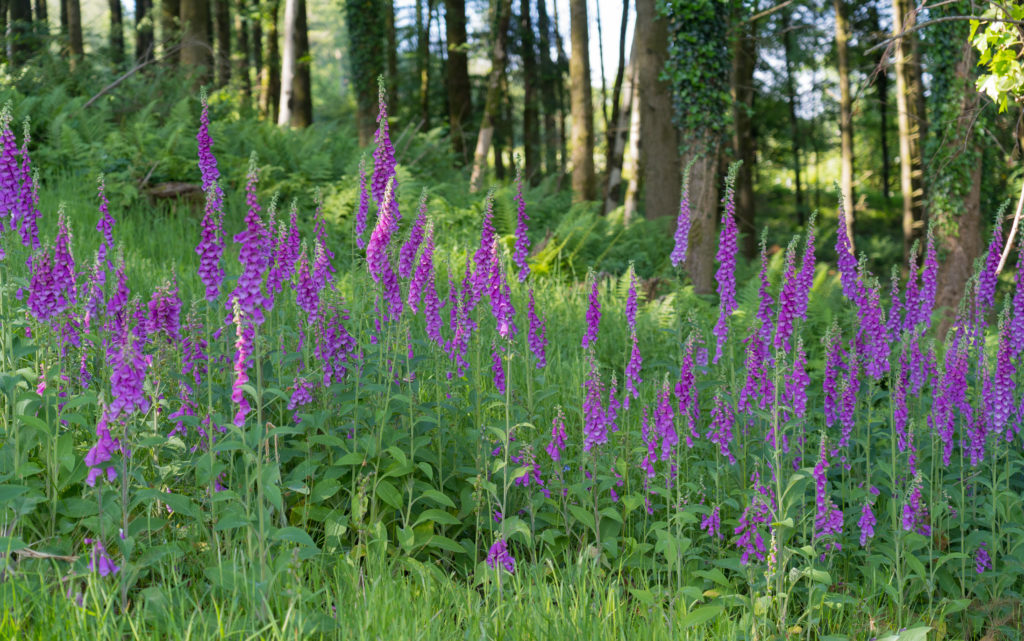
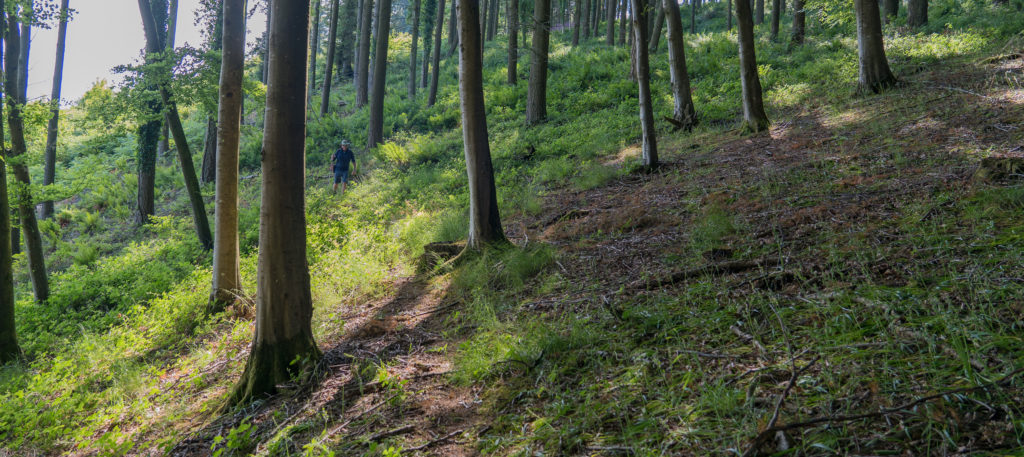
It wasn’t too far though, and we were soon back on track, climbing up through peaceful lanes offering us rewarding glimpses across the countryside.
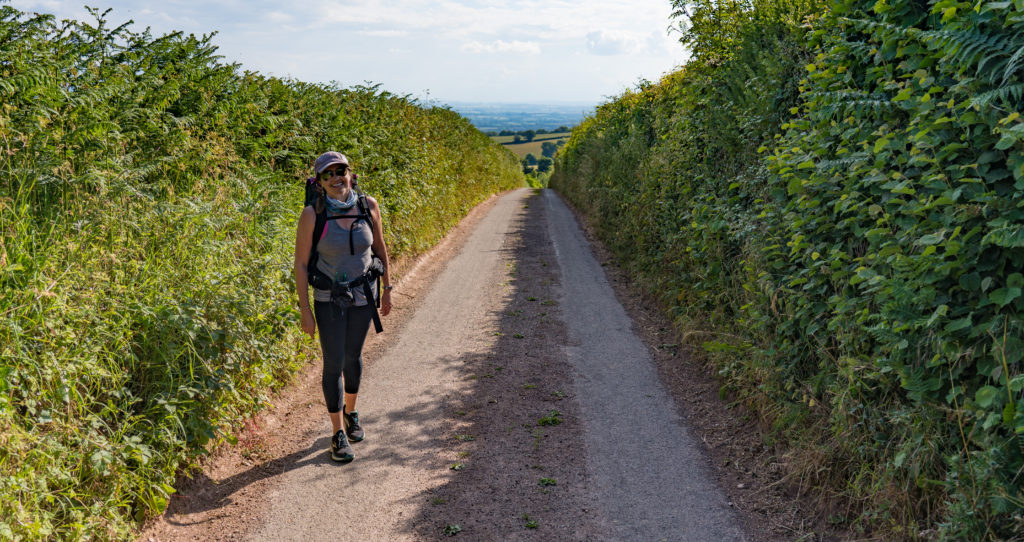
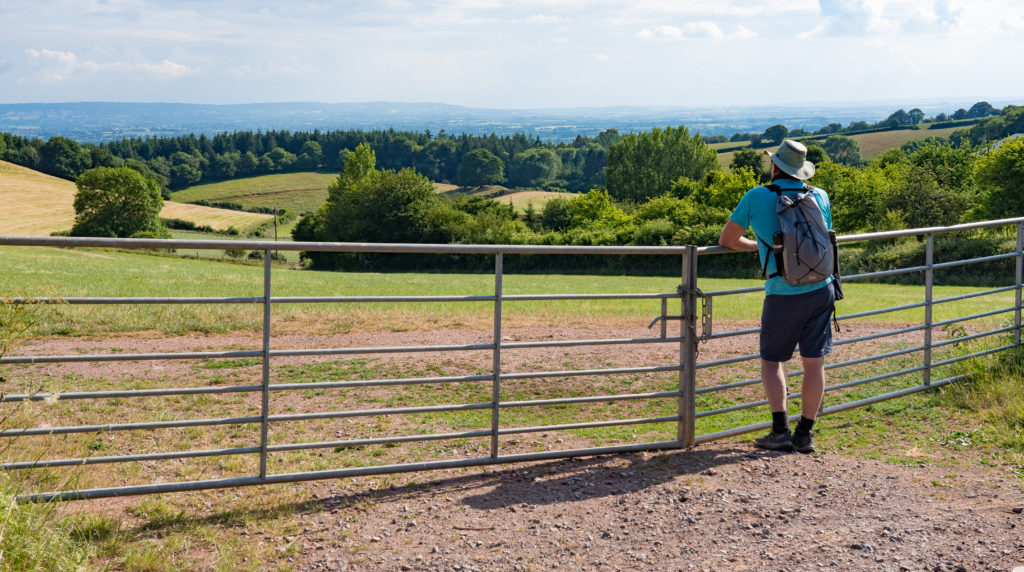
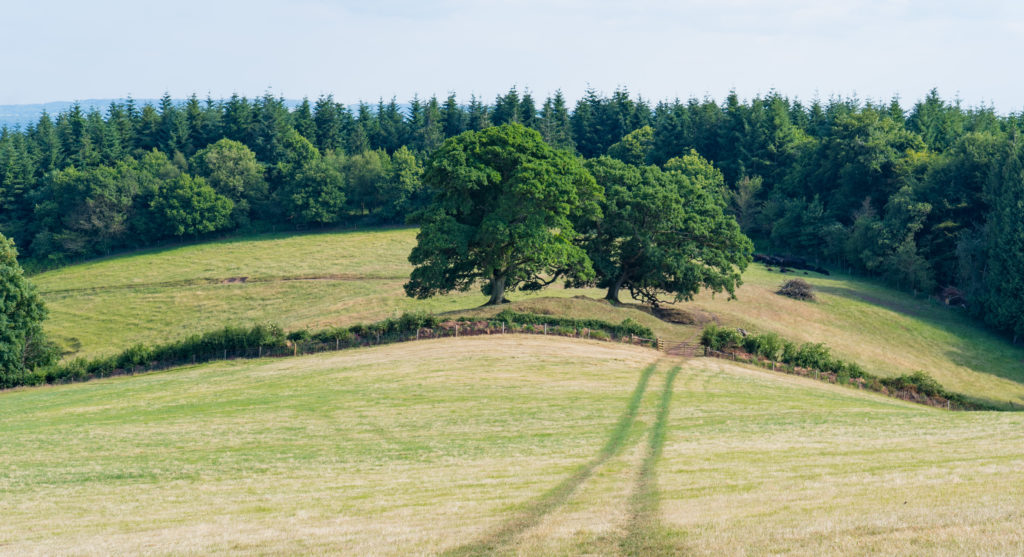
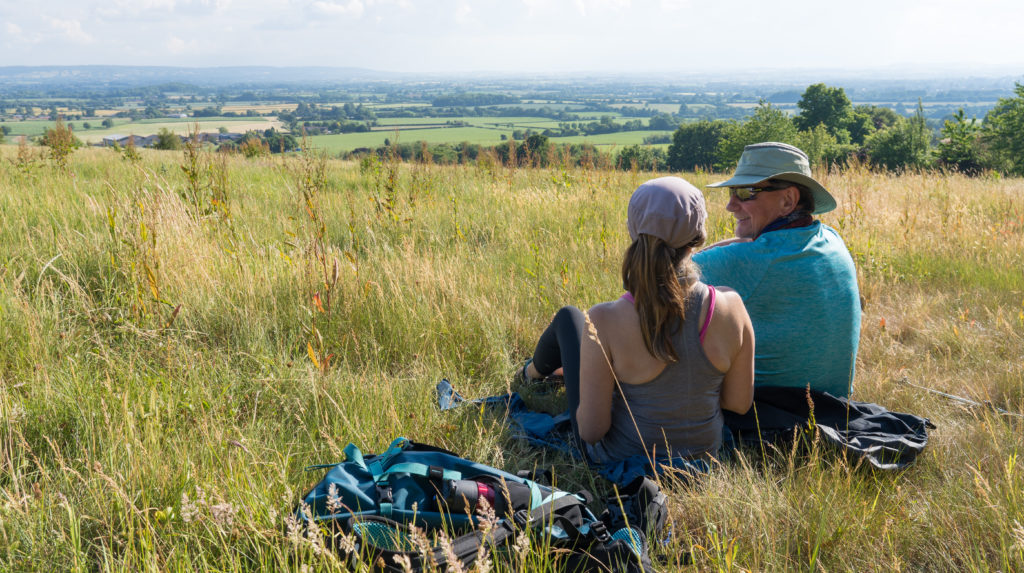
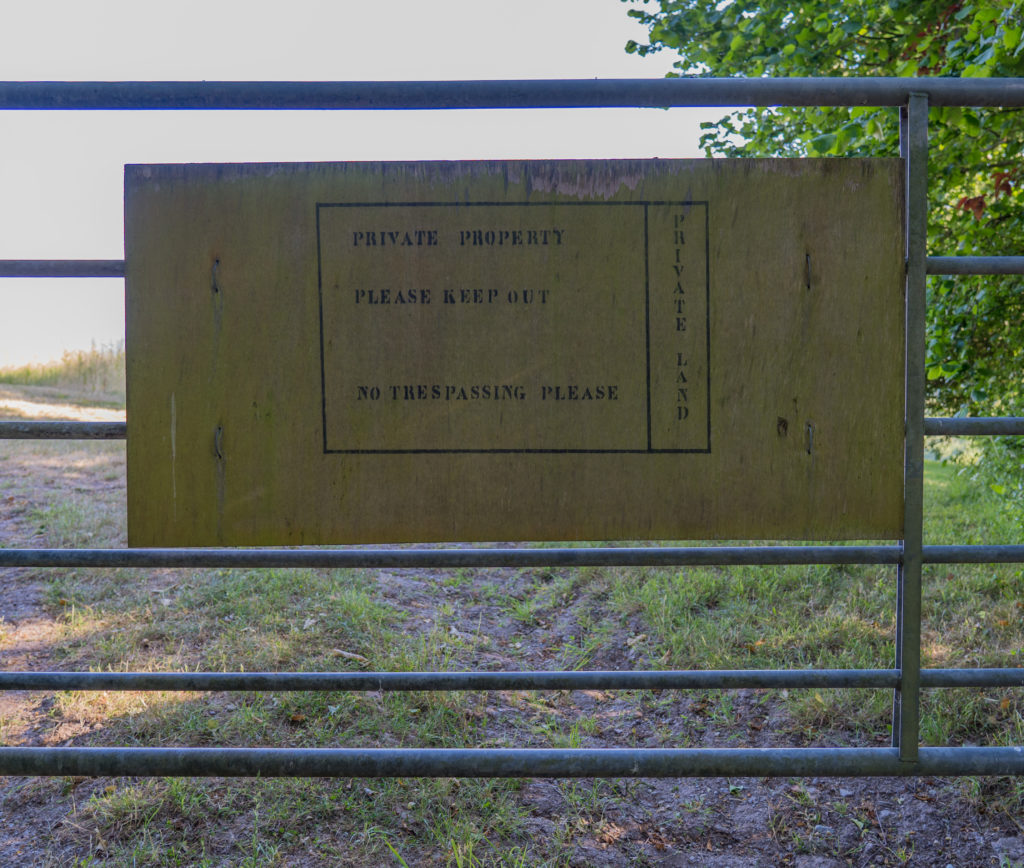
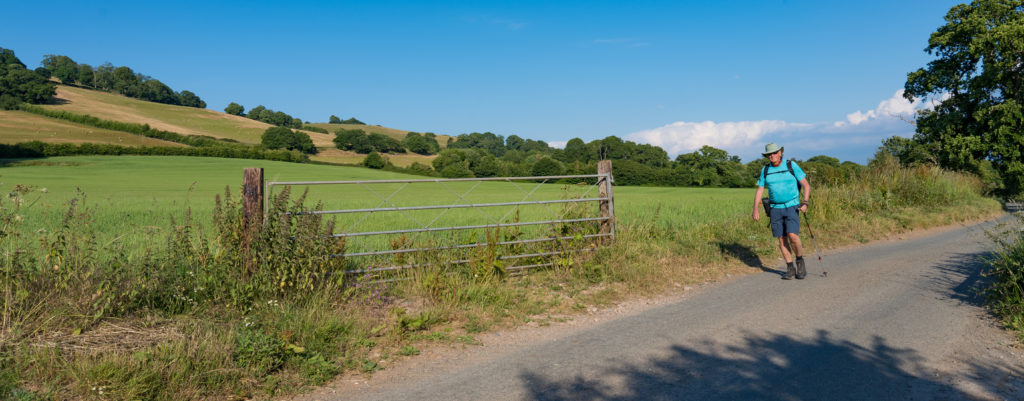
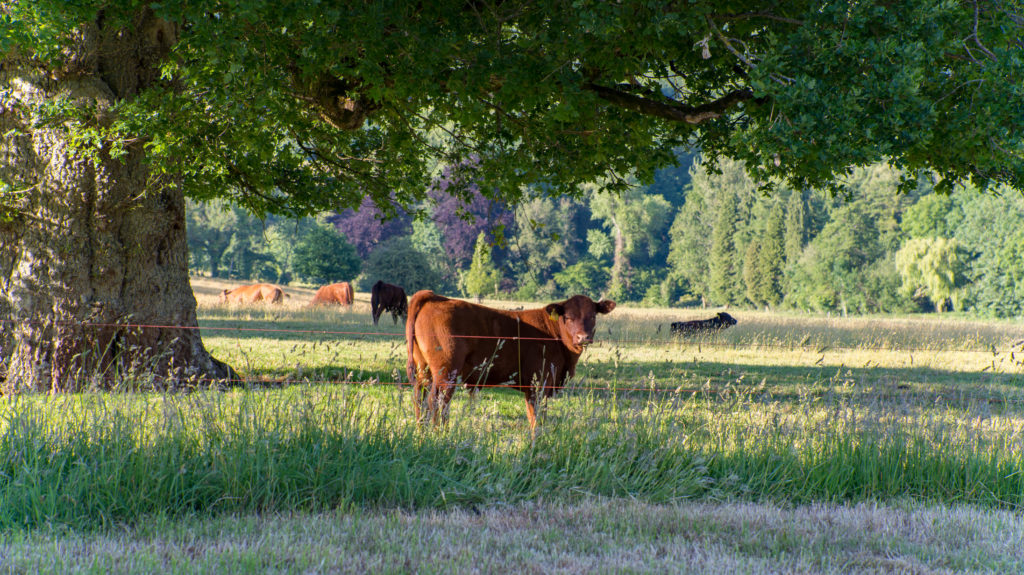
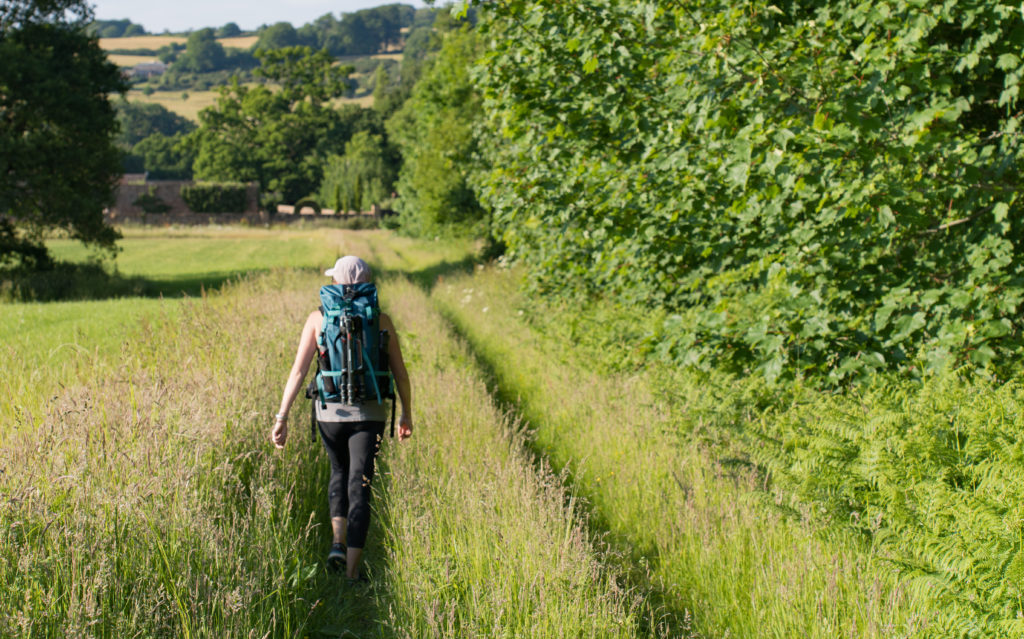
The dry weather hung around for another day, so on Tuesday we jumped into Truffy and drove up to Crowcombe Gate, which to date has been the extreme of our walks in the Quantocks.
We took off in a westerly direction, marvelling at the different scenery, wrapped up warm against the brisk fresh wind blowing off the Bristol Channel. Fewer trees dot the scenery here, the low heathers and bracken making up the main undergrowth.
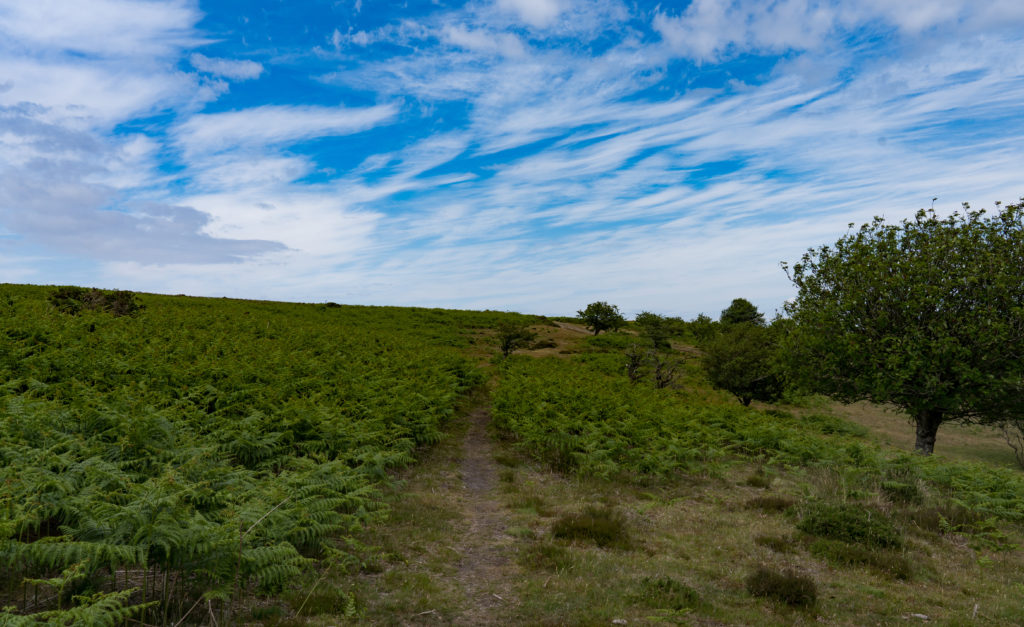
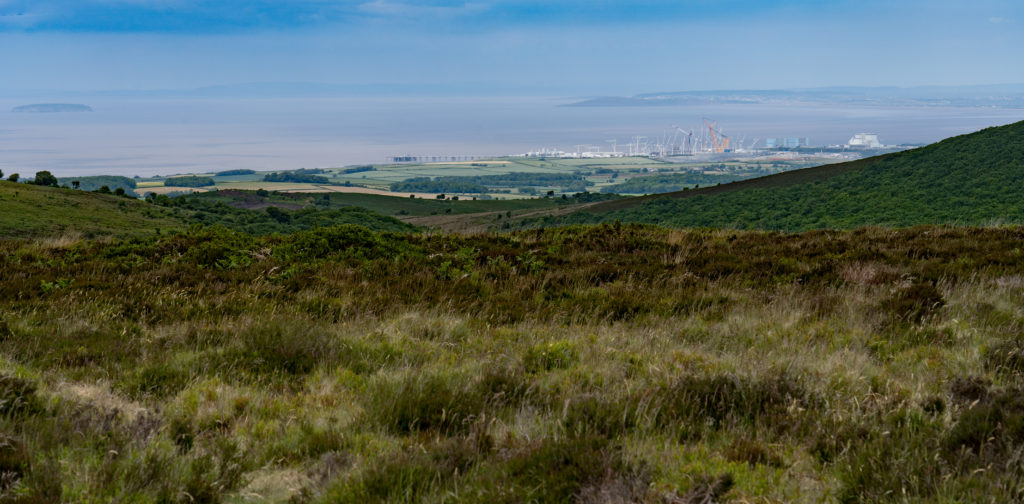
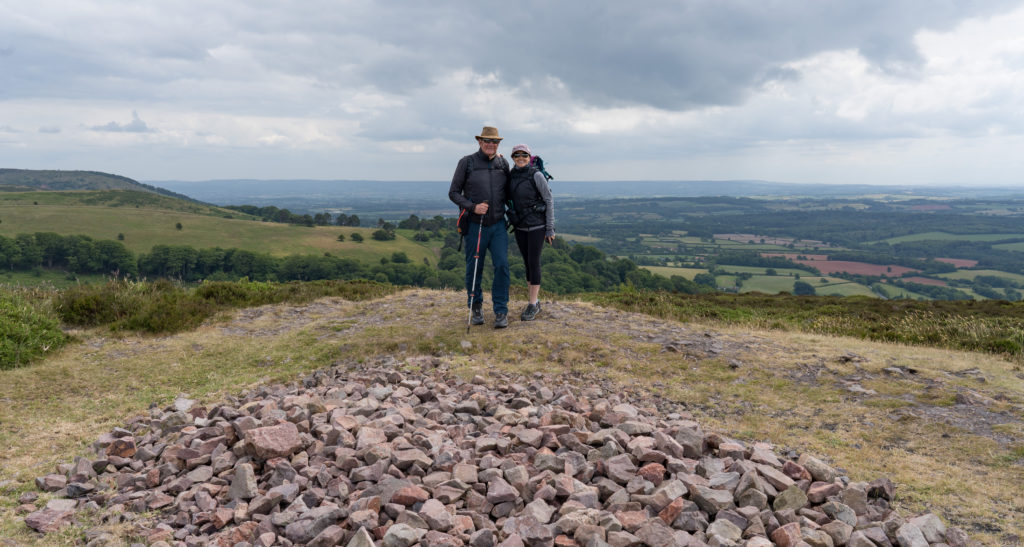
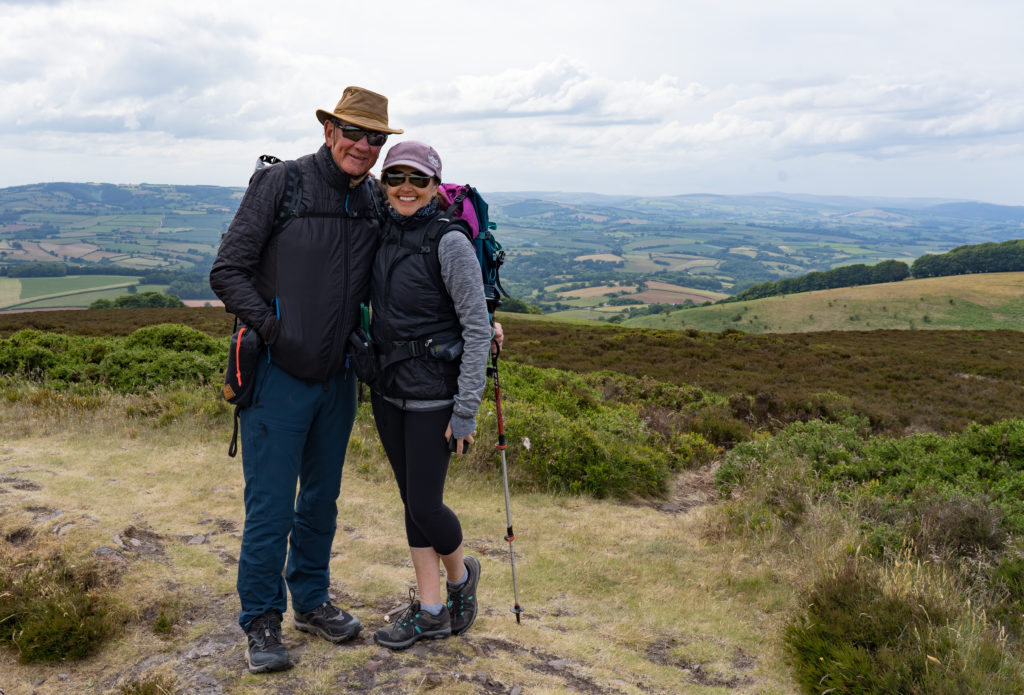
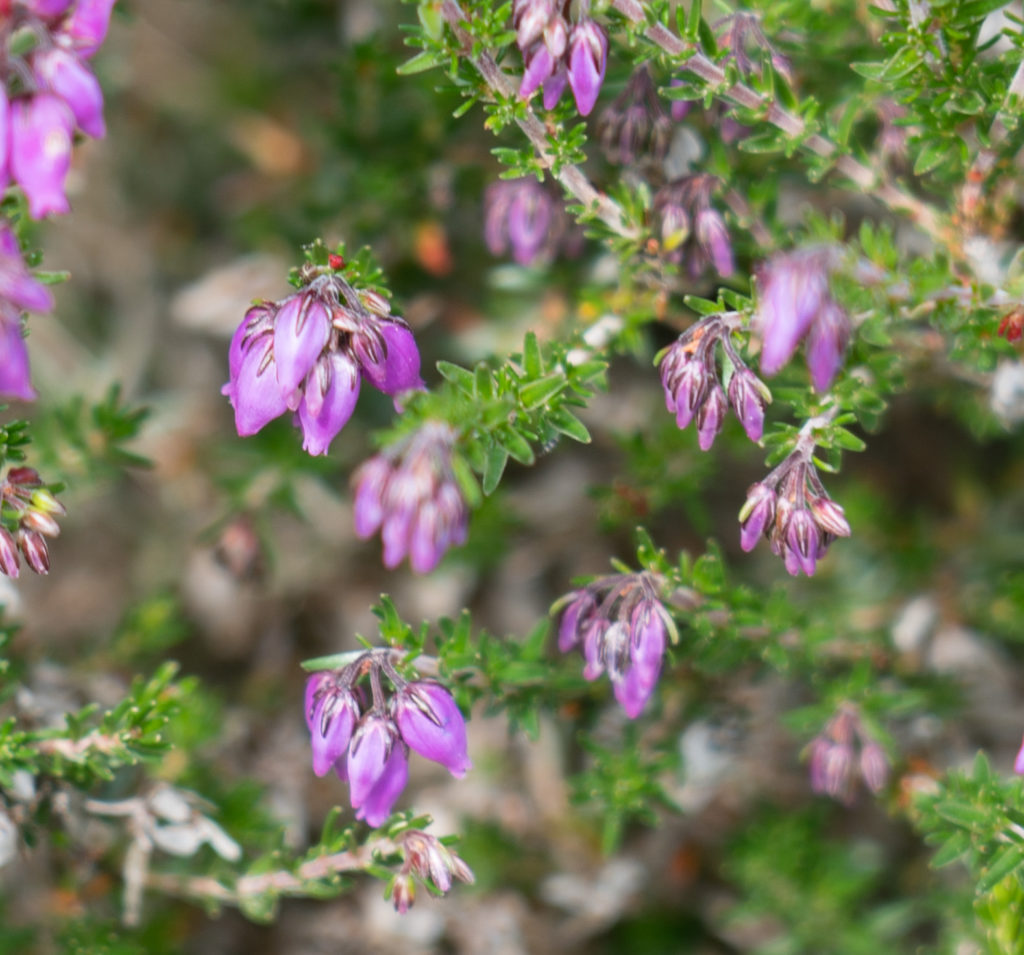

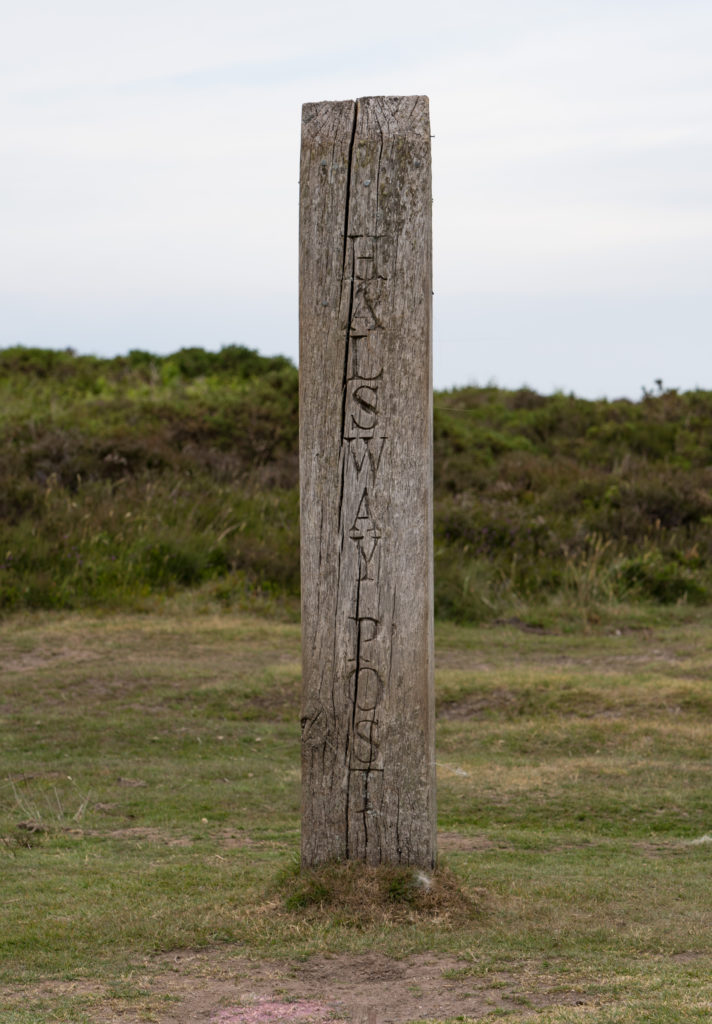
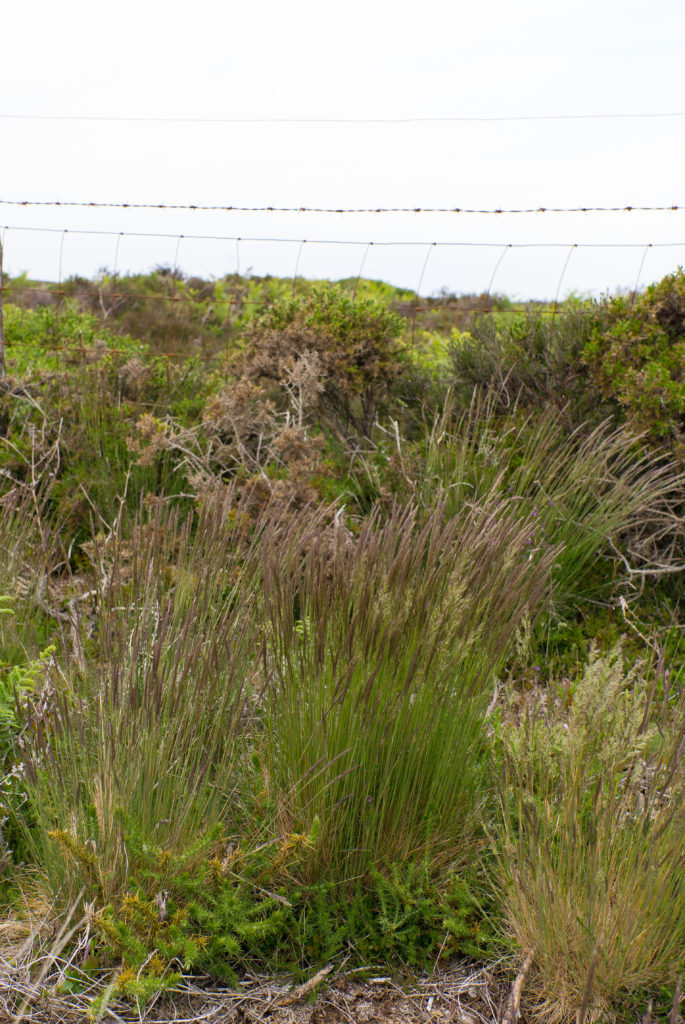
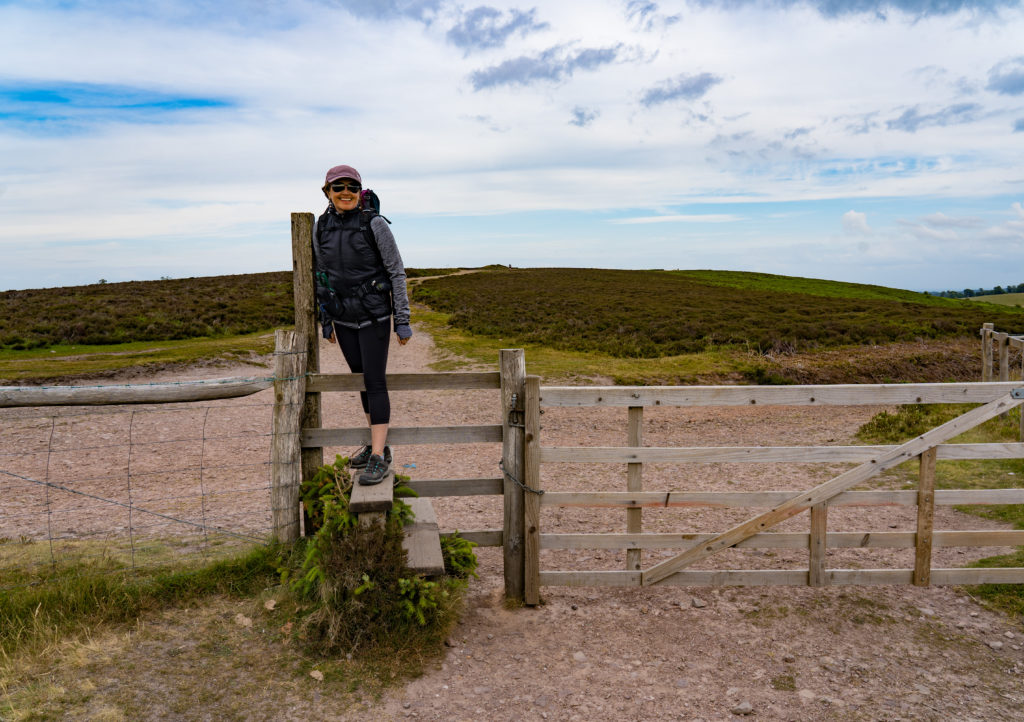
It was lovely to get a first taster of another part of the hills. From here we could walk down to the coast quite easily…it’s the getting home bit we would need to work out. One day perhaps…
We finished our walk with ice creams from a van in the car park – locally produced Jersey cow milk ice cream with a flake for Mr A…and a chocolate-vegan ice cream for me. How civilised!
Footnote: Sadly our little rescued baby rabbit (kit), Bags Bunny did not make it past her fourth day. We shed a few tears and buried her in the garden here.
